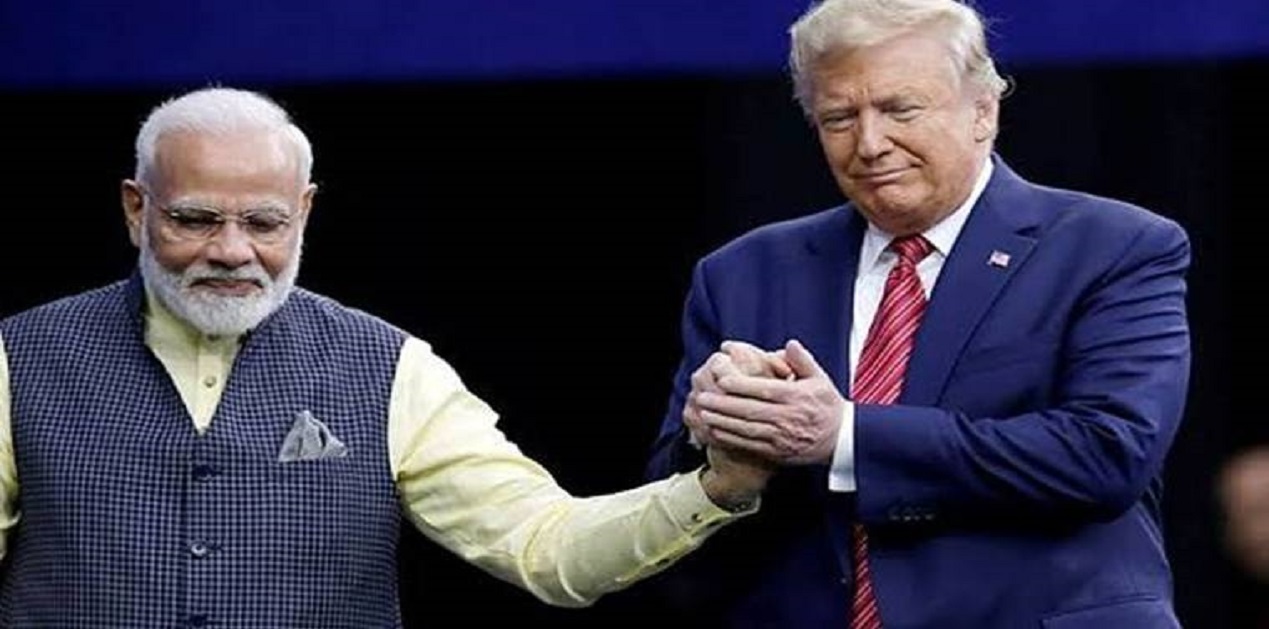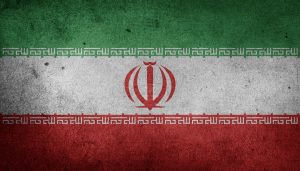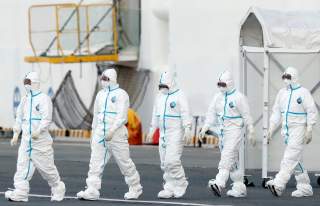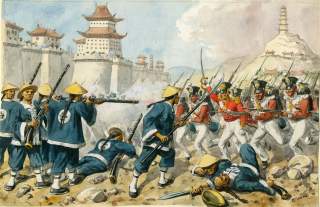Arvind Gupta
President Trump is visiting India on a state visit on 24-25 February 2020. The Indian government will no doubt lay out the red carpet for the visiting President. This is President Trump’s first visit to India as President. Although the visit comes late in his presidency, Prime Minister Modi can take credit for securing Trump’s visit. A massive public reception, which in scale and grandeur will match the “Howdy Modi” show in Texas, awaits the president when he visits Gujarat. The expectation in India is that the visit would lead to further cementing of strategic relations between the two countries. At the same time, given President Trump’s unpredictable nature, there are anxieties how the visit may pan out.
While visiting India, Trump would be in a celebratory and triumphant mood. After having been impeached by the Congress, he has been acquitted by the Senate. The Democrats are in a disarray. The American economy is doing well, creating jobs. Trump would be confident about the prospects of his winning a second term as President.
On the foreign policy front, Trump has humbled China. The China-US phase one trade deal is almost entirely one-sided, in favour of the United States. China is grappling with the coronavirus outbreak which has raised concerns about Xi’s leadership. The Chinese economy is in trouble. There are question marks about social and political stability in the country.












